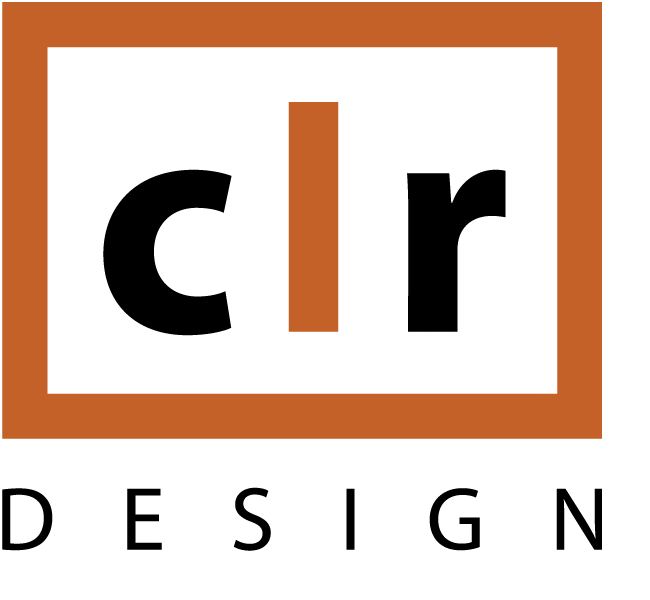Architecture plays a multi-faceted role in the design of zoos and wildlife parks. One facet might include entry complexes, restaurants, and cafés, where revenue and guest amenities are a never-ending pursuit for a successful and mission-profitable institution. Another facet might include buildings that house living quarters for many different species. In fact, each species is a unique client with distinct needs and, along with their managers, they both require many varying program features to allow the best choice and well-being, and best care and management. Somewhere in between these two facets of very public architecture and highly functional management areas is a wonderful world of architectural challenge. It may include themed vernacular structures that support an immersive habitat and cultural landscape experience, it may include a complex multi-use exhibit hall and habitats that house amphibians and reptiles, or it may even include an Adventure Education Center that educates future conservationists.
Imagine that you are, in fact, designing for many different clients all within a campus that might be 40 acres or 400 acres. One day you are designing for elephants, another day it is for teachers and students, and yet another day a restaurant and gift shop for an entrepreneurial operator. There is always a design challenge to be solved. Conventional architecture might solve 10 issues for a commercial client while a zoo or wildlife park must solve 100 issues to bring about a complete vision for animals, staff, and guests.
Within the technical realm of architectural design there are many creative technologies and solutions to explore and employ. These can range from highly sustainable initiatives for LEED building designs or the Living Building Challenge. Sometimes complex systems must be evaluated by architects as to their appropriateness for a series of varying indoor microclimates for a diverse array of animals. Other times it might involve coordinating a full catering kitchen and event facility or a vernacular building that seeks authenticity to its tropical origins but requires a unique solution in a northern cold climate. Along with this comes the architects’ task to coordinate these visions within the realms of engineering and construction.
CLR prides itself on visioning the most appropriate, sustainable, and farsighted solutions for the architecture that plays an integral role in the development of zoological and animal wildlife parks. We are highly flexible designers, intelligent building detailers, and provide our clients with utmost confidence in the proposals and options that we bring to the table for them.
